There isn’t a body of water more important to Cambodia than the Tonle Sap. After all, the expansion of the Khmer Empire owes its success to its waters. The area surrounding it is a good bet to spot some indigenous plants and animals as well as a rural and rustic countryside lifestyle. Siem Reap is just mere kilometers from the northern end of the body of water while Phnom Penh, laying further out is closer to the south end.
Is it a river or a lake? It really depends of the season. For most of the year (November to May), it is fairly small, resembling more of a river than anything else. However, once the rainy and monsoon season kicks in (June to October), the Tonle Sap expands in size, more than four times in volume and nine times in depth. This is aided by the lake/river hybrid being connected to the Mekong River, which itself reverses its water flow and pushes the rain water back up to the Tonle Sap, making it a large lake.
The turning of the tides is celebrated, of course. If you happen to be around in late October or early November (the date falls under the full moon, so it varies year by year), stick around for the Khmer Water Festival. For three days, the towns and villages along the river, including Phnom Penh bursts into life with fleets of luminously decorated boats filling Tonle Sap. Celebrations also happen in Siem Reap, and with the temples of Angkor as backdrop, you are sure to get a scenic atmosphere. The highlight of the festival are the boat races which attract large crowds from all over the country and are contested by hundreds of boats comprising thousands of paddlers.
One thing you’ll notice around Tonle Sap is the stilted houses the people live in, with occasional accommodation along the banks. So, what happens when it turns to a lake and back to a river? Some huts are dismantled and moved accordingly while the owners of the floating houses simply tow their homes to their desired location.
These guys definitely depend on the river/lake for their livelihood. Think about it. If the Tonle Sap provides more than 75% of the entire country’s inland fish catch and 60% of Cambodia’s protein intake, just think about how important the lake is for those who live by it.
After exploring the temples of Angkor, why not head out to the Tonle Sap and see the environment for yourself? This day trip is a great extension to our Cambodia tours.


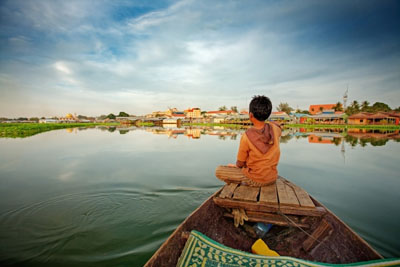

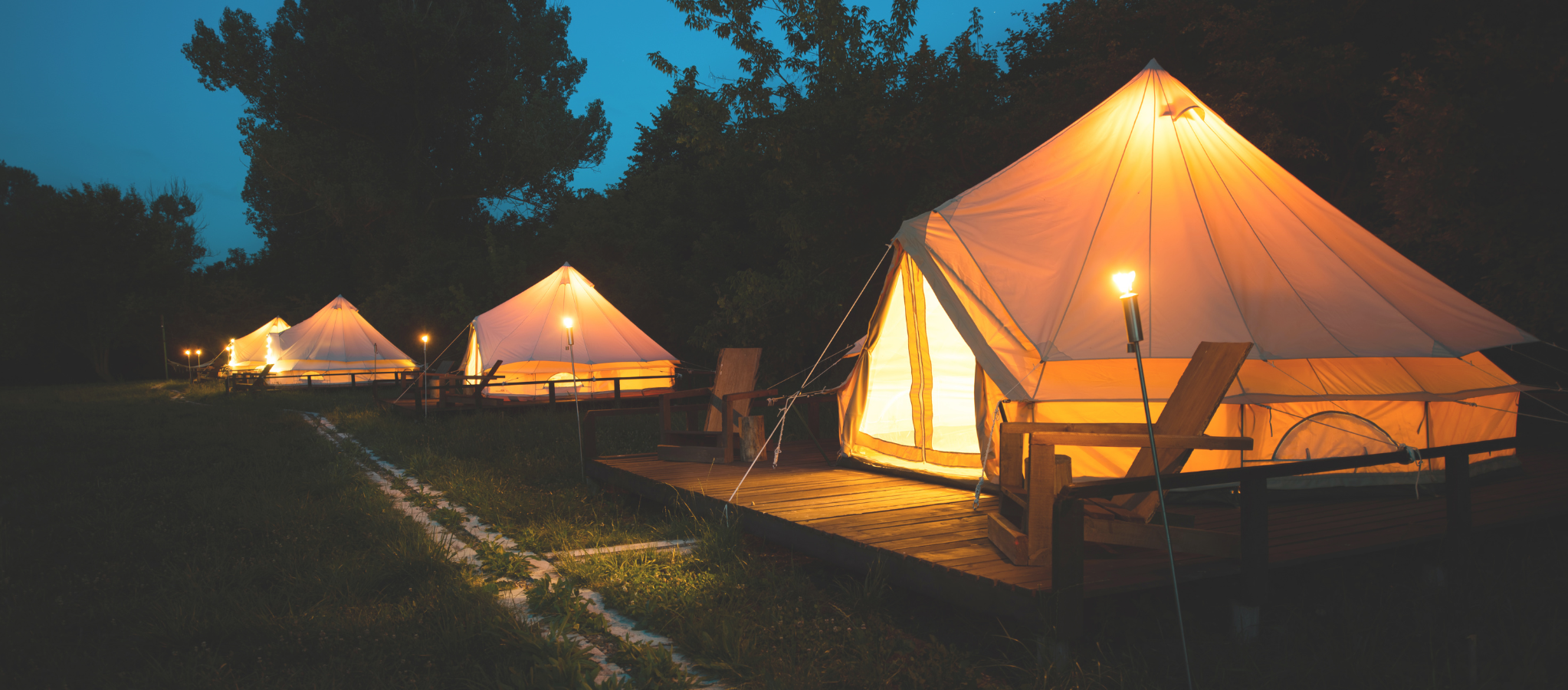 " alt="">
" alt=""> 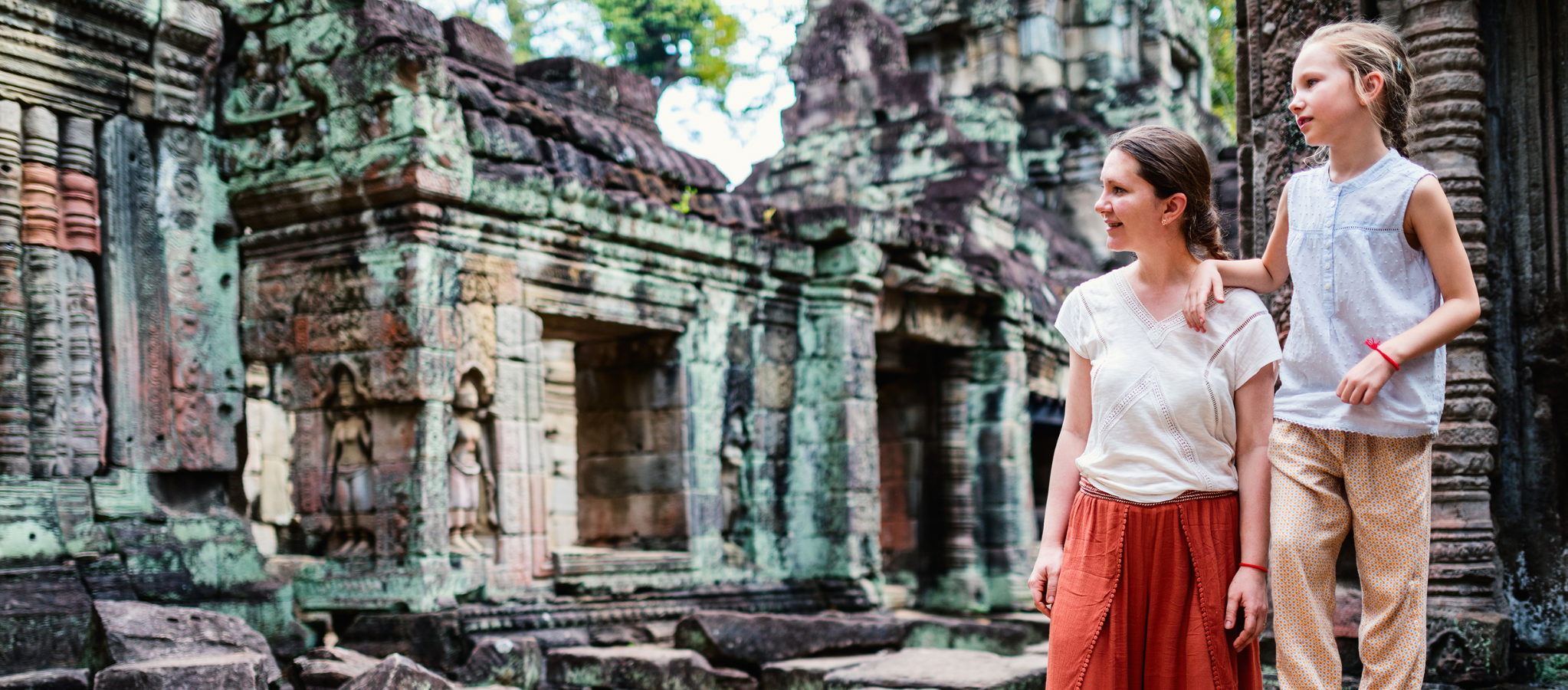 " alt="">
" alt=""> 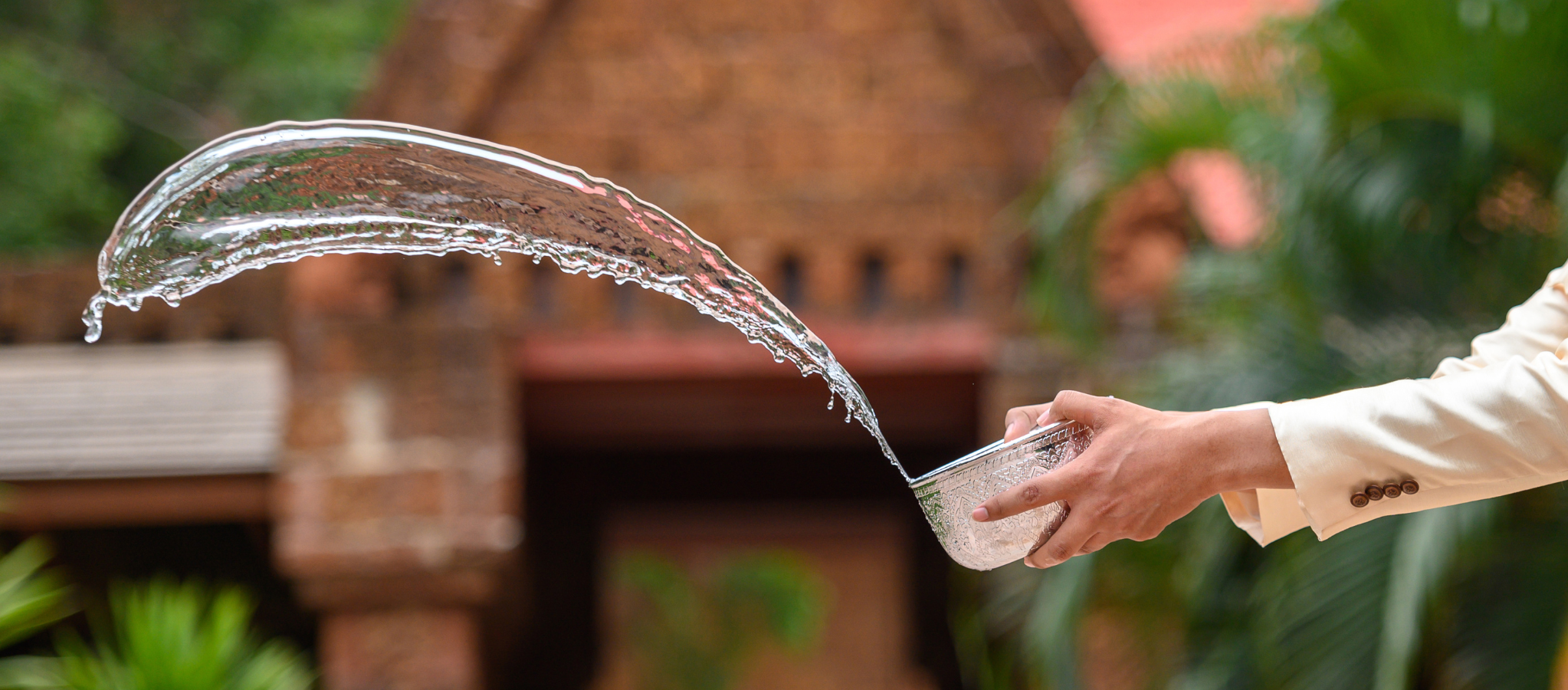 " alt="">
" alt=""> 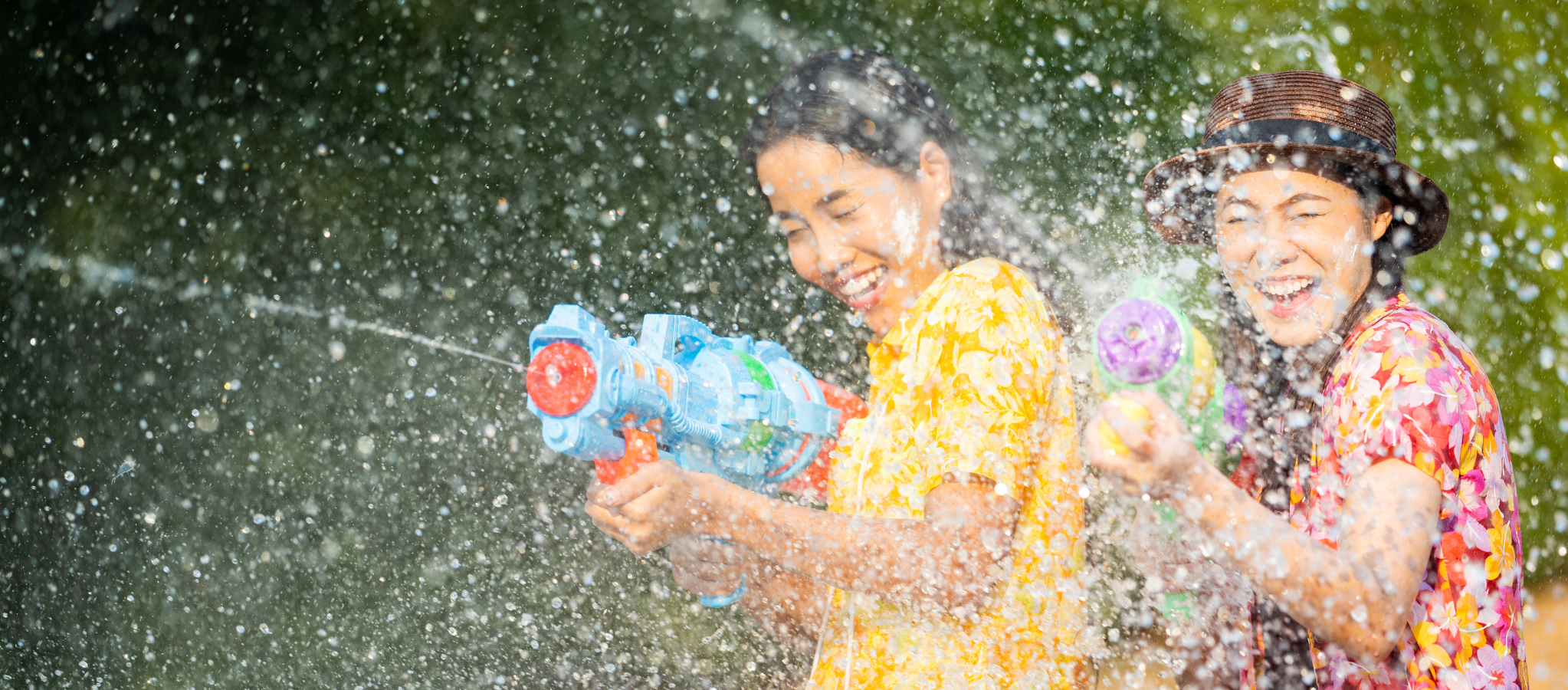 " alt="">
" alt=""> 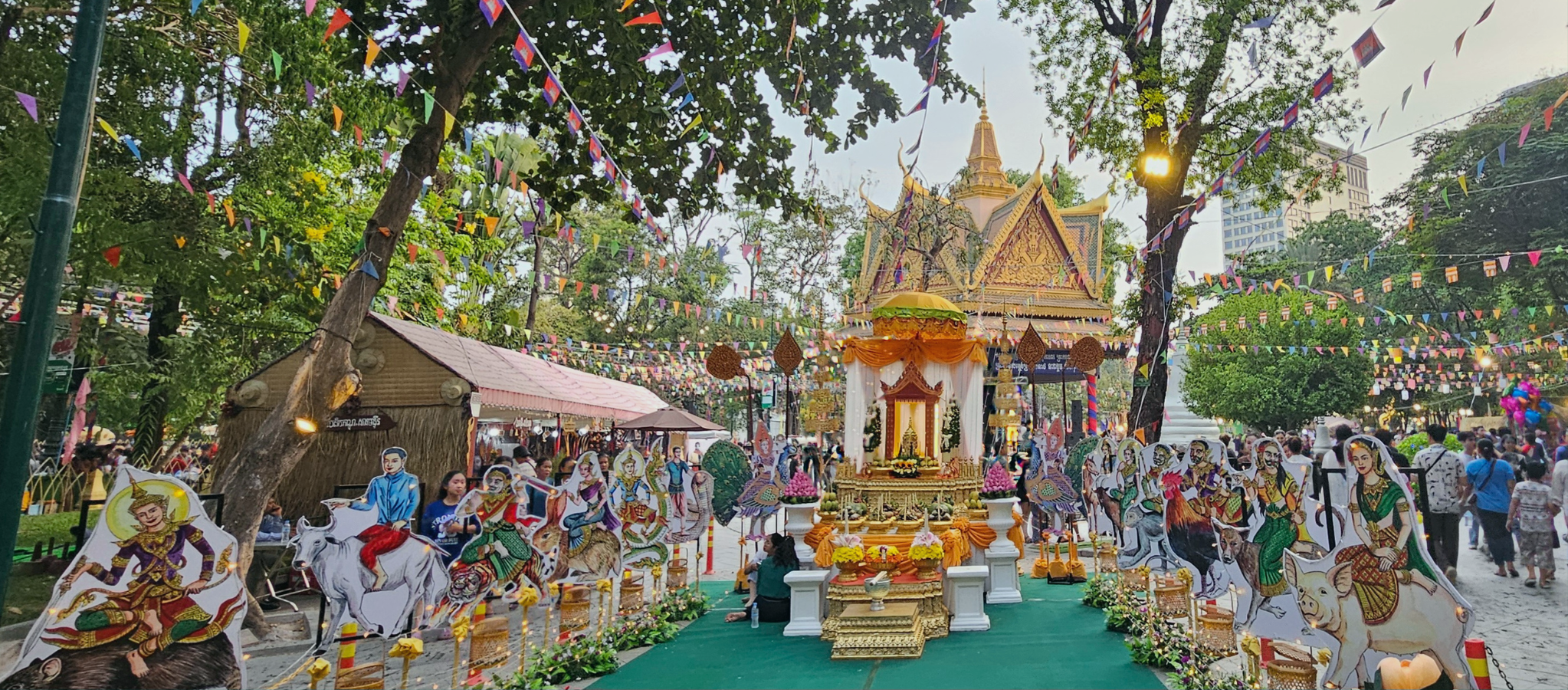 " alt="">
" alt=""> 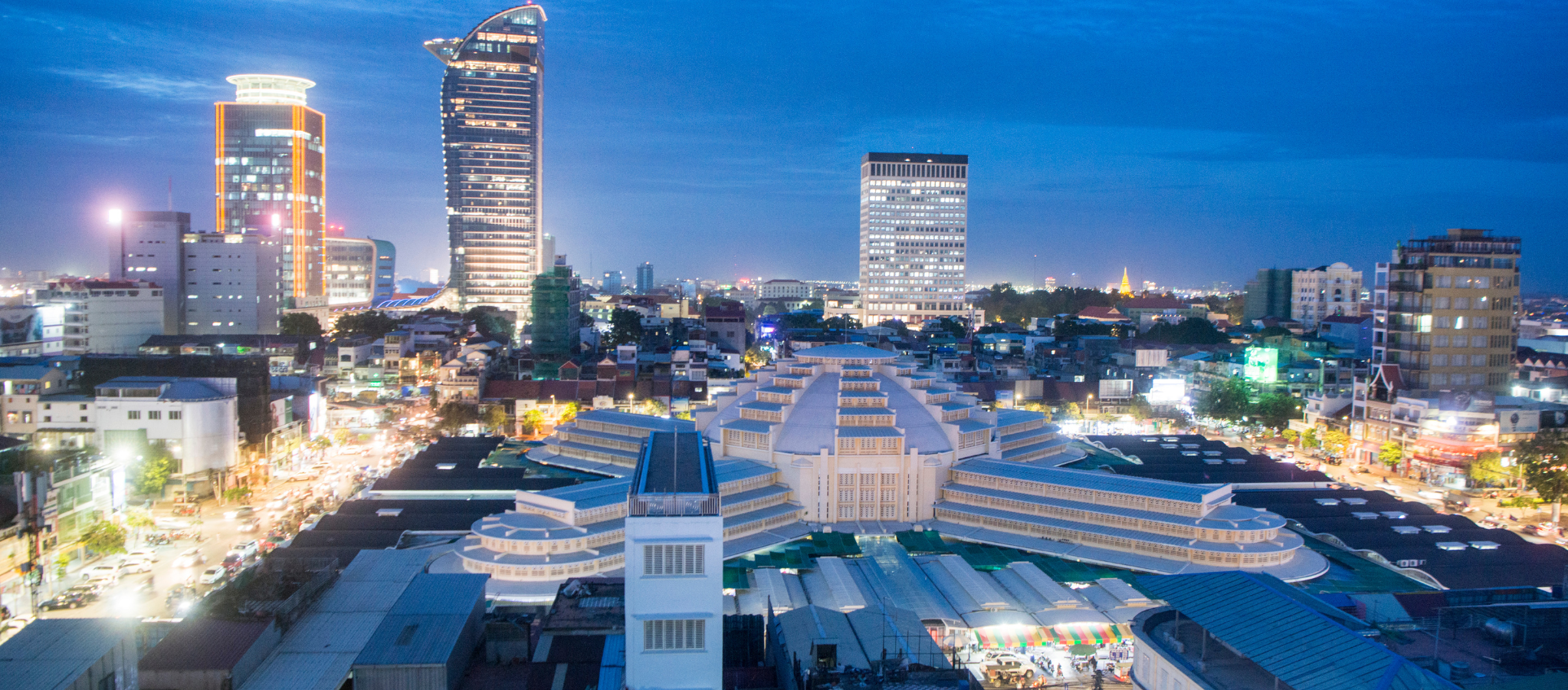 " alt="">
" alt=""> 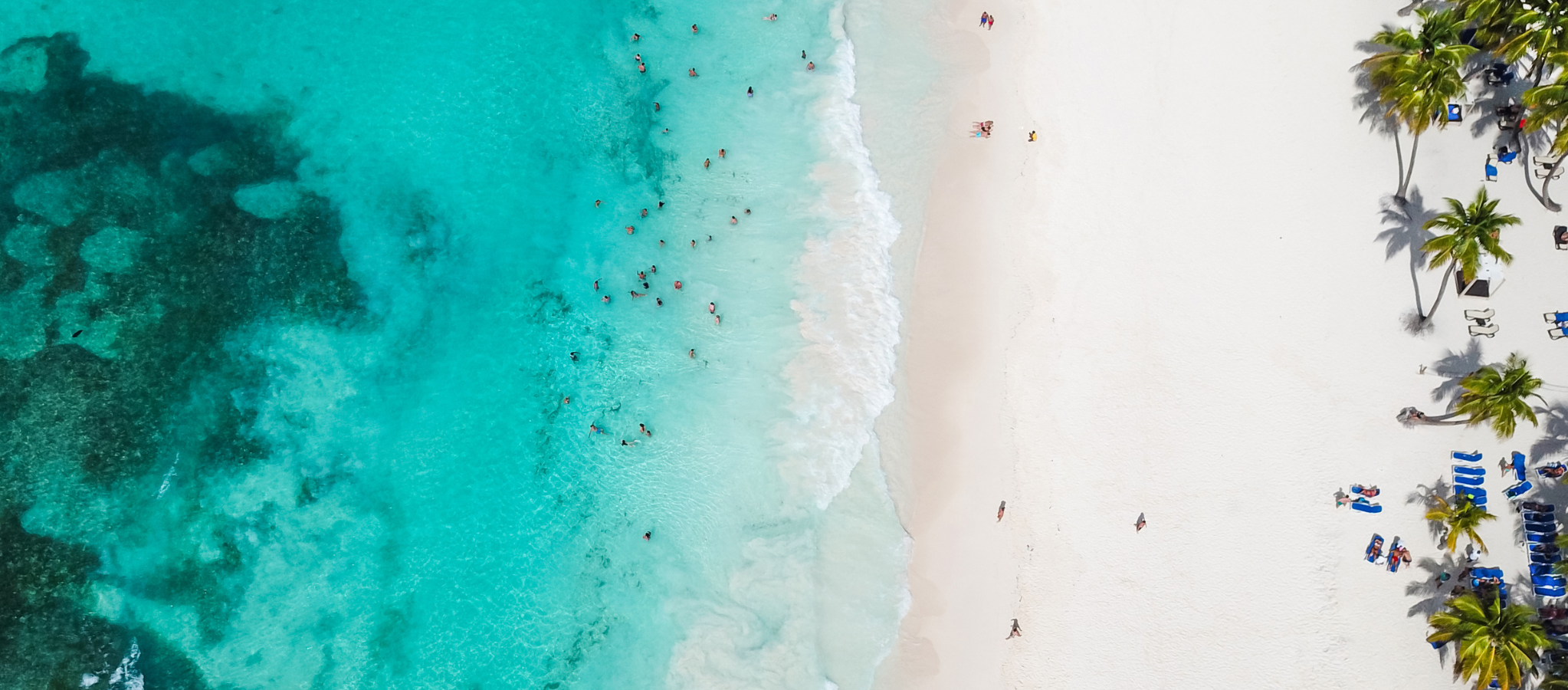 " alt="">
" alt=""> 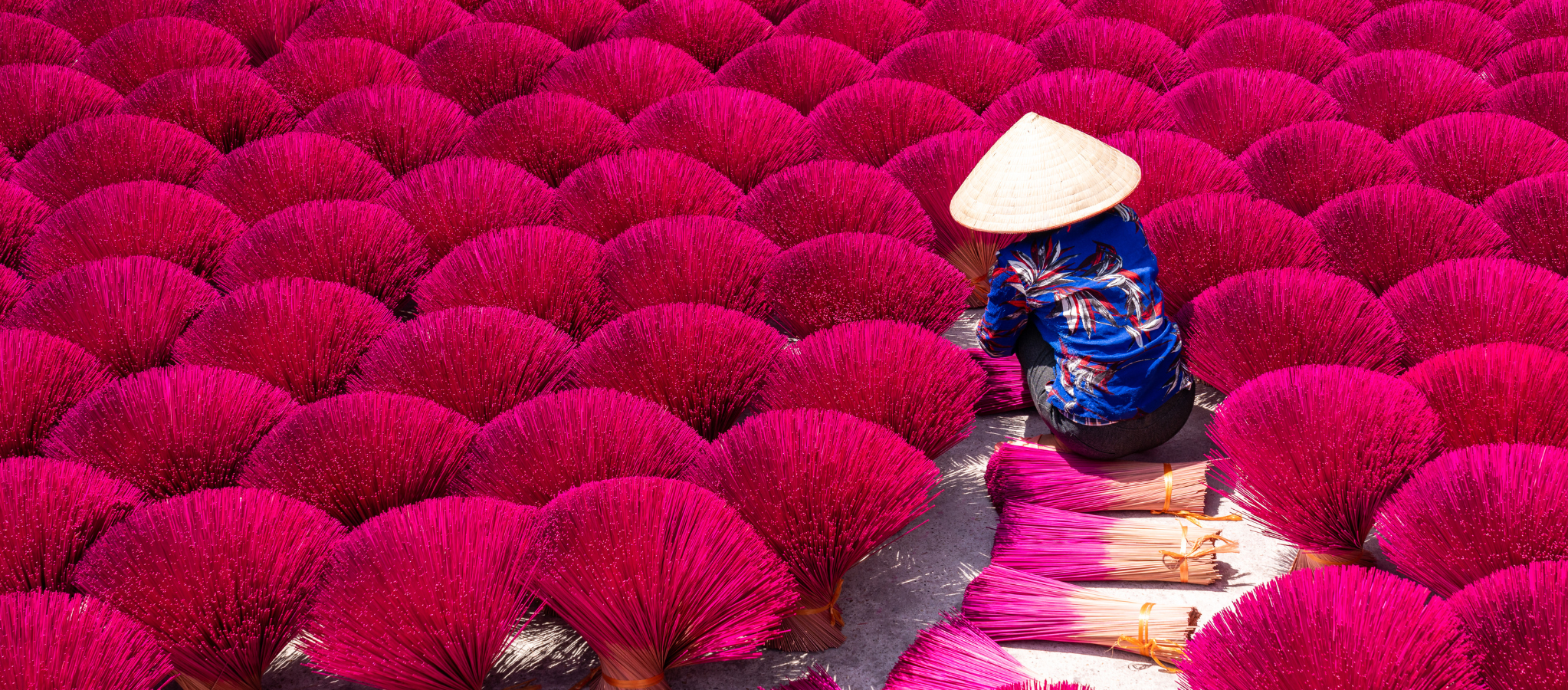 " alt="">
" alt=""> 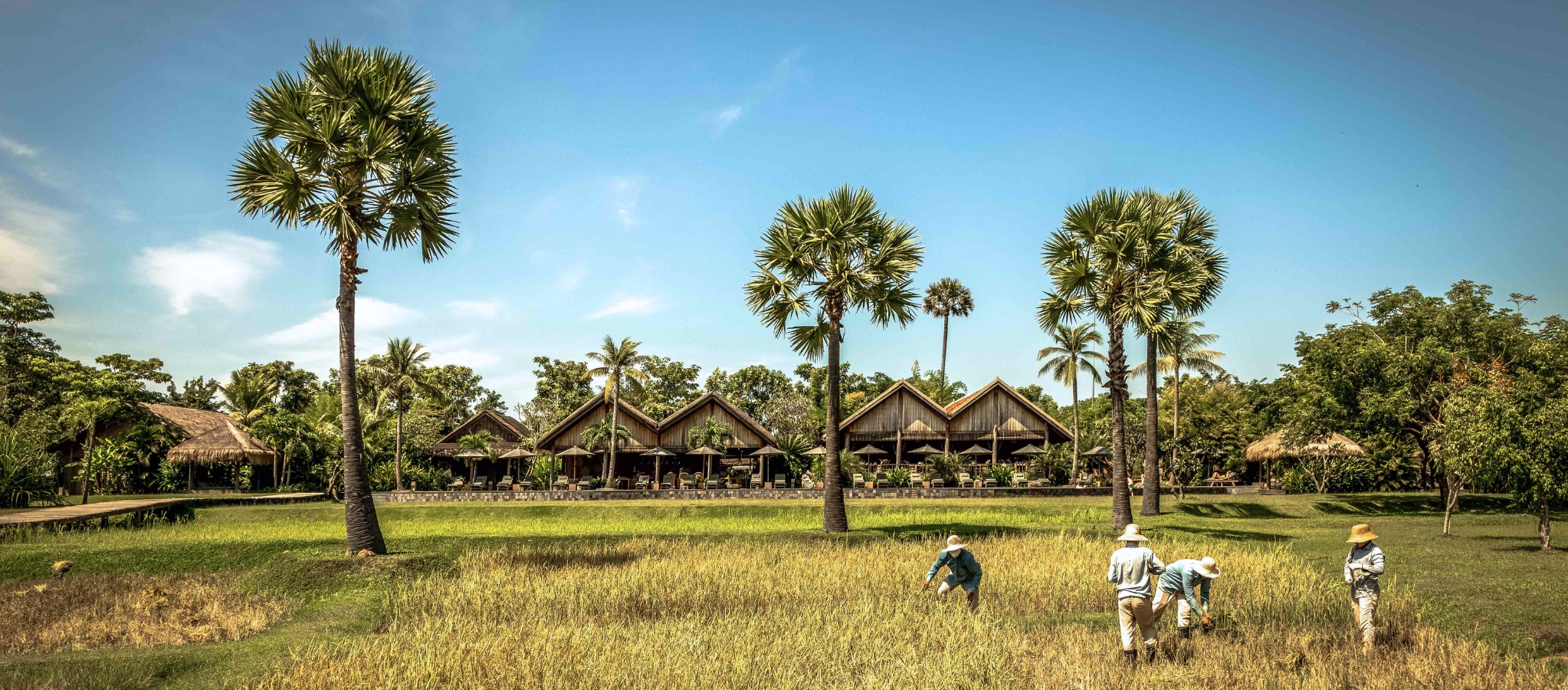 " alt="">
" alt=""> 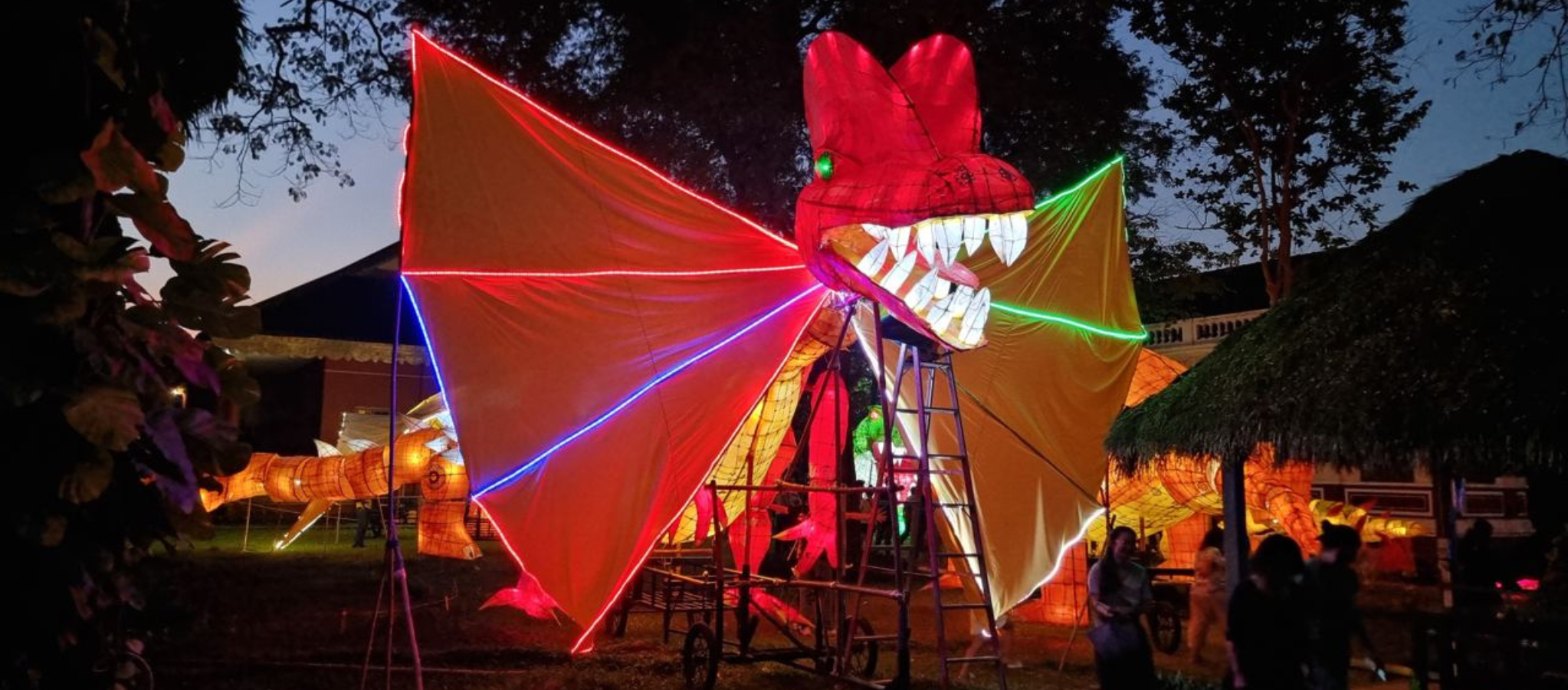 " alt="">
" alt="">